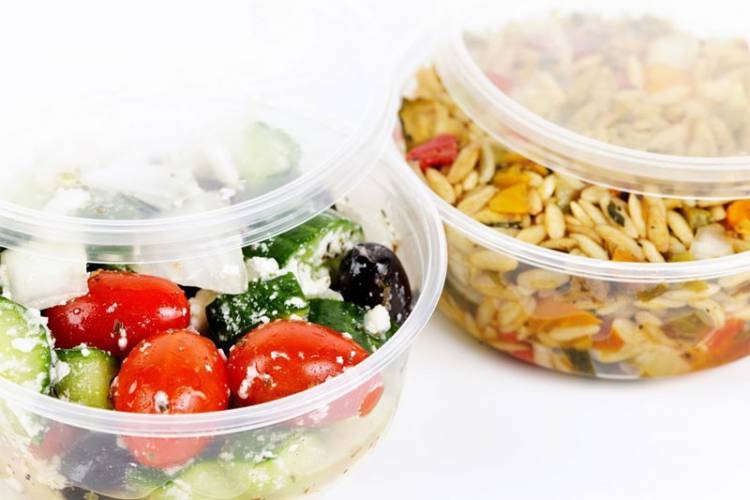Tupperware menu for school
Taking your lunch with you in a plastic container is no longer exclusive to office workers. More and more children are starting to take home-made lunches to school with them as well. To make sure they eat a balance diet, and to complement what they eat during the day with what they have for dinner, we need to plan the weekly menus very carefully. The choice of dish and storage method use are key.
on today's menu
Share

Making a Tupperware lunch for school into a tasty, healthy and economical experience involves considering a number of points, ranging from choosing the right containers, to planning the menu several days in advance. The main goal is to achieve a varied result, that is nutritionally balanced while also being appealing to children.
When preparing the weekly menu, it is important to consider the conditions of food storage and reheating, to reduce the potential risk of food poisoning. Sometimes just a few drops of lemon or vinegar can help to better preserve the food. Also, to avoid any problems, it is also important to keep in mind that the food can only be reheated in the microwave once.
What food groups should be included?
• Vegetables and salads: their colours are guaranteed to attract the attention of the littlest members of the family. In addition, they contribute different textures, nutrients and fibre. They feed our appetite and favour the workings of the body. They should be present at every meal, every day of the week, as a good first course or as a garnish for a second. Cooked or raw, with seeds or nuts, they are tasty and necessary for the child’s growth.
• Legumes: vegetable proteins. Their great advantage is that when heated the next day, as is usually the case with container lunches, they keep their flavour.
• Lean meats, white and blue fish, poultry and eggs: animal proteins, easy to handle and they offer a wide variety of dishes.
• Cereals: pasta, pizza, flour. An excellent alternative to introduce vegetables, whether in hot or cold dishes.
• Fruit: The dessert par excellence. It is recommended that you choose fruit with a skin, to encourage chewing and increase fibre, or eat fruit in desserts that can be easily stored and carried.
• It is imperative to keep in mind that we must complement the Tupperware menu with the dinner prepared at home.
Yes, they should have a morning snack, but not only sandwiches
At break time, the mid-morning snack which all children have during playtime is fundamental for their performance during school hours, and to go to lunch in the middle of the day with just the right amount of appetite.
As a general rule, we should opt for products that complement what has been eaten at breakfast. That is, if you have had dairy products for breakfast, the ideal plan is to opt for fruit or cereals.
The classic sandwich rolls are the most frequently used resource as compared to fruit or dairy, but these are also a good option for this time of day. The formats and presentation of these products have improved a lot, and some schools even offer a means of storing them. The excuse of transport and storage is no longer enough to allow them not to have juice or yoghurt mid-morning.


